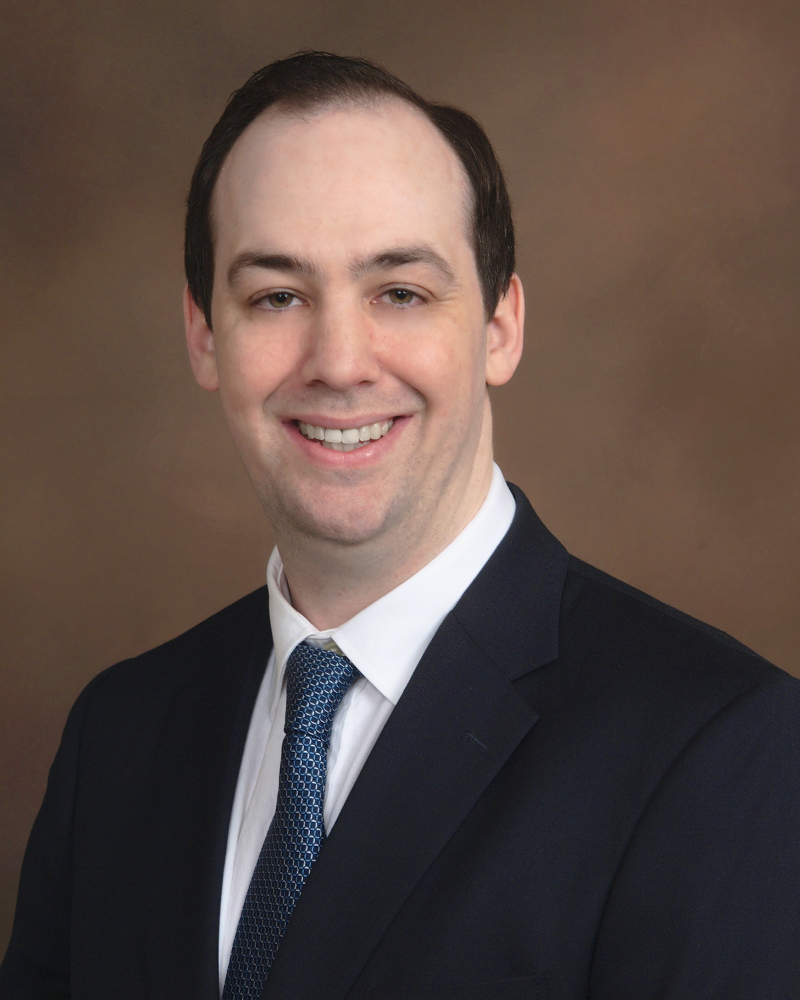The Free Market is the Solution for Upgrading Airport Infrastructure
Written by Brian Garst, Posted in Taxes
Originally published in American Thinker
During the presidential campaign, Donald Trump compared domestic airports unfavorably to those found overseas, going so far as to say that American airports “are, like, from a third-world country.” While that’s a bit of an exaggeration, the larger point is sound. Not a single U.S. airport is found in the top 25 best rated airports in the world according to the Skytrax World Airport Awards. As President, Trump can now help do something about that fact by promoting free-market reforms.
Senate Democrats recently put forward a $1-trillion infrastructure plan that would throw taxpayer dollars at a seemingly arbitrary array of pet political projects. Many of these – like high-speed rail – would carry price tags well out of proportion to the tiny fraction of American travelers who would benefit either directly or indirectly.
Upgrading aviation infrastructure, however, would greatly impact the millions of Americans who fly each year. Not only that, but doing so need not cost taxpayers much, if anything at all. In contrast to the top-down approach offered by Senate Democrats, a market-oriented approach would involve unwinding existing federal programs for funding airport infrastructure and instead freeing airports and local authorities to take greater control.
The free-market ideas on which President Trump could base his own infrastructure policies are well vetted. The Heritage Foundation’s Michael Sargent provided a comprehensive infrastructure plan in a report titled “Building on Victory: An Infrastructure Agenda for the New Administration.” He expanded on the issue of aviation in particular with another report, “End of the Runway: Rethinking the Airport Improvement Program and the Federal Role in Airport Funding,” which shared many recommendations with a Cato Institute report on “Privatizing U.S. Airports.”
These reports argue for reforms to how aviation infrastructure is funded. Right now, airports are awarded grants for capital improvements through the Airport Improvement Program, which receives a share of the revenue collected from various federal taxes on air travel. The grants are distributed inefficiently, often by bureaucratic and political favoritism instead of economic need, which results in airports that see smaller consumer traffic getting a disproportionate share of the funds.
At the same time, the government caps the funds that airports can collect through Passenger Facility Charges (PFC) to pay for improvements. This cap was put in place at the behest of airlines, who previously failed to have the fees thrown out in court, but it is no favor for travelers.
The PFC is a user fee and thus provides a superior approach to airport funding than taxes. User fees reflect market behavior rather than political and bureaucratic whims, with more fees able to be collected at the airports that see a greater number of travelers. The current PFC cap of $4.50 hasn’t been raised since 2000, during which time almost half of its purchasing power has been lost to inflation.
Rather than simply raise the cap, Congress should abolish it altogether and let airports raise the funds they need to make necessary improvement. At the same time, the Airport Improvement Program should be shuttered and the taxes used to fund it eliminated. This will create a more efficient and competitive system that allows for much needed upgrades to U.S. airports without in most cases adding to the total burden on travelers.
The Cato report also describes how other countries have had great success by partially or fully privatizing their airports. The United States should consider doing the same, but in the meantime, a simple free-market change to how infrastructure improvements are funded would go a long way toward enabling the kind of airports that President Trump and other Americans can be proud of.
 I serve as Vice President of the Center for Freedom and Prosperity, a non-profit think tank dedicated to preserving tax competition and free markets. This site features my personal views, which are not reflective of CF&P.
I serve as Vice President of the Center for Freedom and Prosperity, a non-profit think tank dedicated to preserving tax competition and free markets. This site features my personal views, which are not reflective of CF&P.